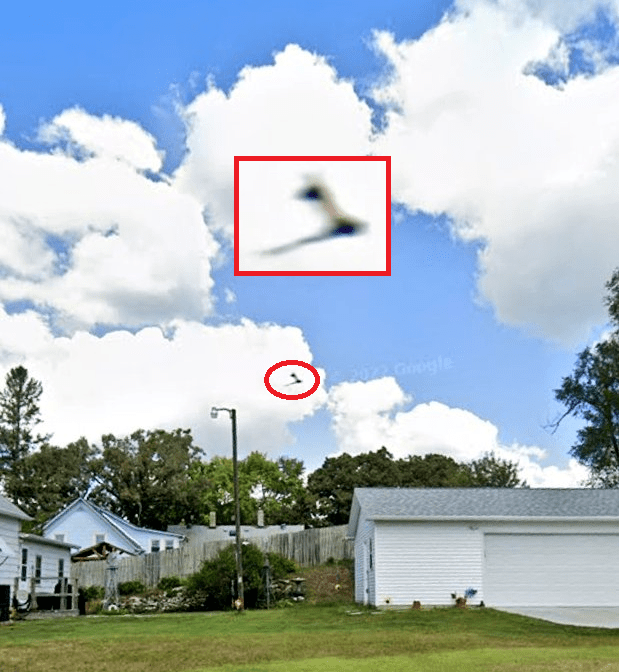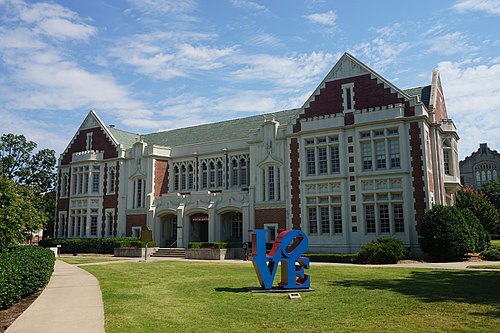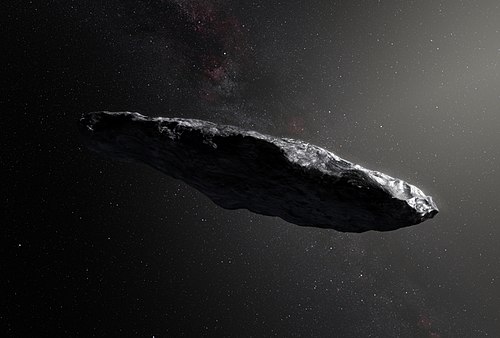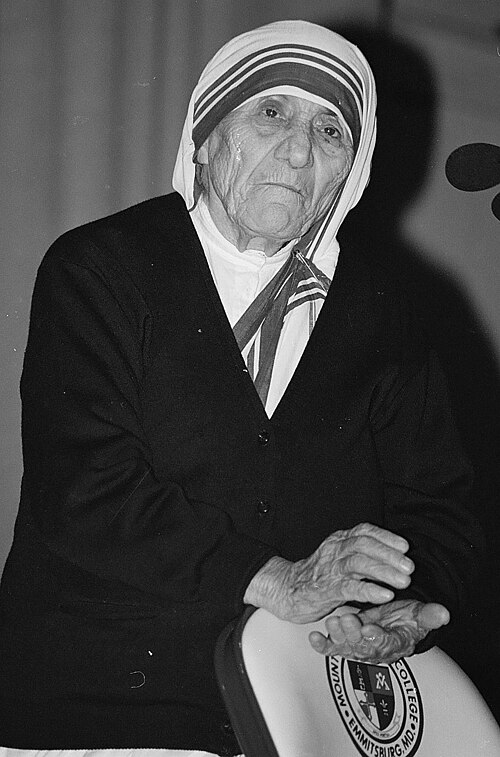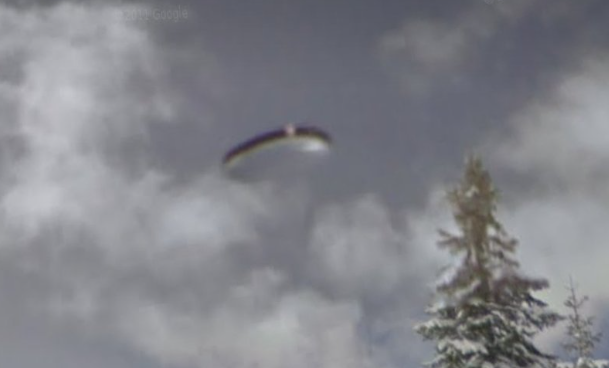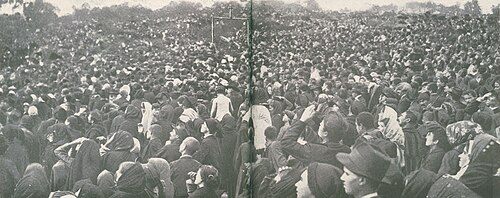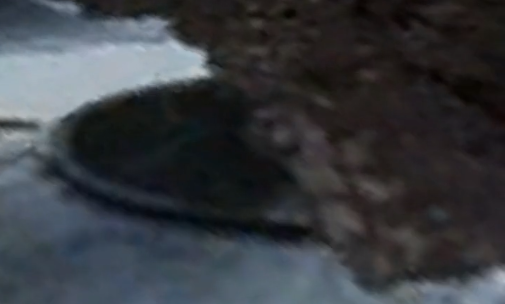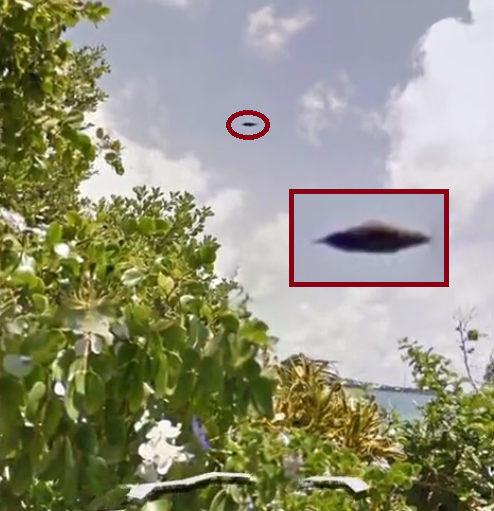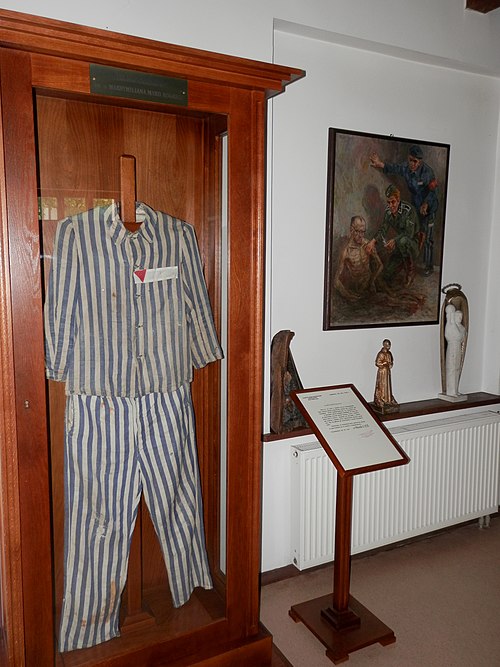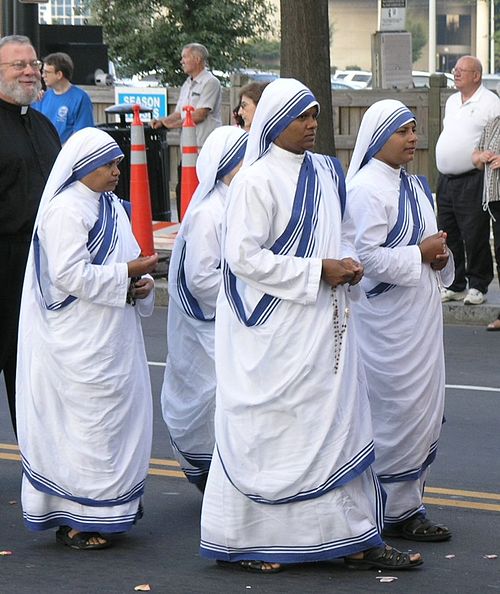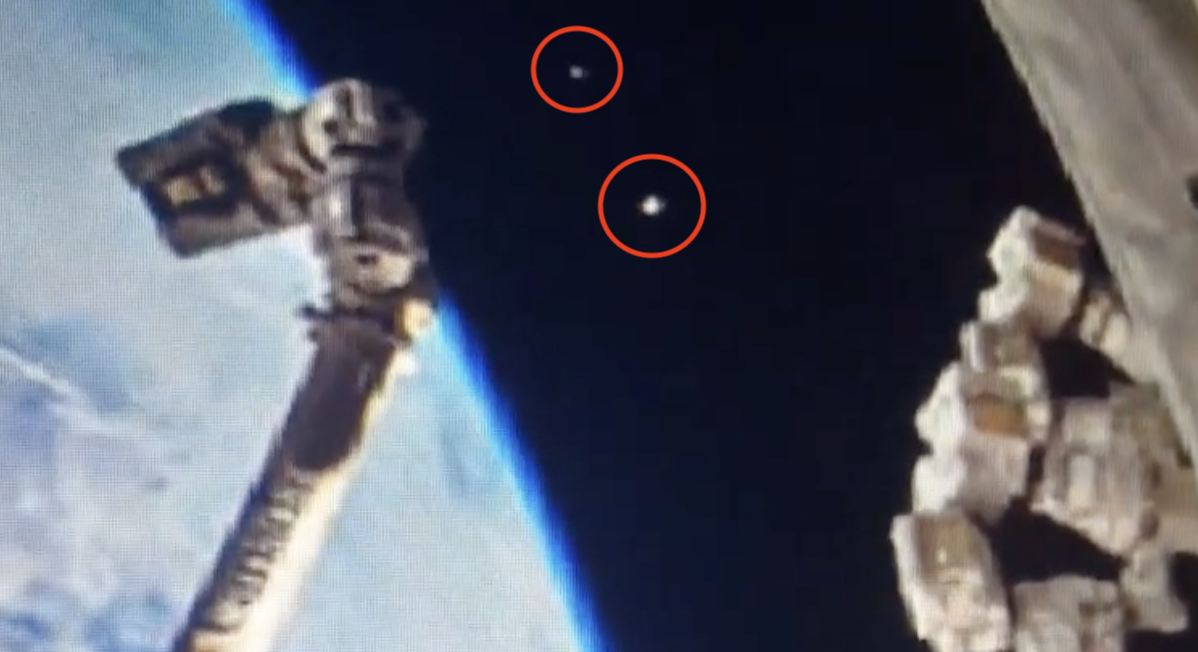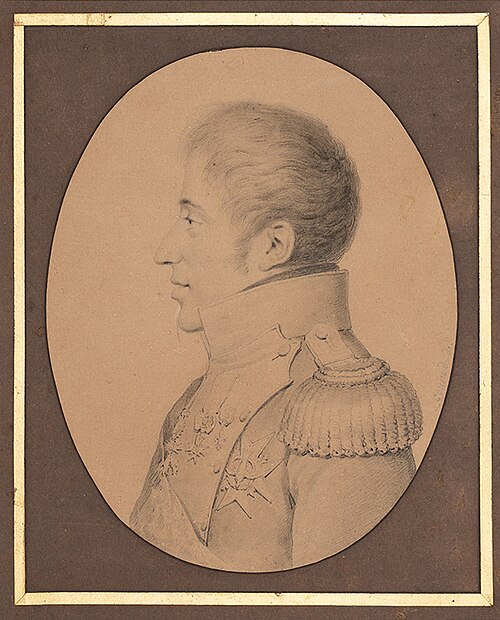October 13, 1917, is a significant date in the history of the Marian apparitions at Fátima, a small village in Portugal. This event is marked by the sixth and final appearance of the Virgin Mary to three young shepherds, accompanied by an extraordinary celestial phenomenon known as the "Miracle of the Sun." This day left an indelible mark on the collective memory of believers and the curious alike, generating a multitude of testimonies and substantial media coverage.
The meteorological context of this day is particularly
noteworthy. Despite weather forecasts predicting dry conditions, a
thunderstorm erupted, and heavy rain poured down on the Cova da
Iria, where approximately fifty thousand people had gathered to
witness the event. Some pilgrims recited the rosary, while others
watched, huddled beneath umbrellas. Some had arrived the day before
and spent the night on-site, demonstrating their devotion to this
sacred place. On this date, the "little oak tree," an important
symbol associated with the apparitions, had been stripped of its
branches by the faithful, leaving only a ten-centimeter trunk. The
"apparition site" was marked by a wooden arch adorned with lanterns
and flower bouquets.
Shortly before noon, solar time, the three "visionaries," Lucie,
Francisco, and Jacinta, arrived at the site, and the crowd allowed
them to pass. A few minutes after the scheduled time, Lucie
announced, "The lady is coming," and asked the crowd to close their
umbrellas and remove their hats. Despite the persistent rain, a
large part of the crowd complied with her request. Suddenly,
witnesses claimed to have seen a "small cloud" form and position
itself over the location of the "apparition oak." It was at this
moment that the apparition of the Virgin Mary purportedly appeared
to Lucie, introducing herself as Our Lady of the Rosary and asking
her to build a chapel in her honor. The Virgin also expressed a
desire for sinners to convert.
While the Virgin was slowly ascending toward the sky, the rain
abruptly ceased, and the sun made a remarkable appearance. "Almost
all the people present" reported observing the sun undergo a series
of astonishing transformations, displaying colors ranging from pink
to blue, green to "all the colors of the rainbow," according to
some witnesses. The sun appeared to rotate in the sky, then "plunge
towards the earth," causing panic among the crowd, before returning
to its position in the sky. Some accounts even mentioned witnesses
seeing the Virgin Mary alone or in the company of the Child Jesus
during this celestial spectacle.
After the conclusion of the celestial phenomenon, Lucie
announced to the crowd that "the Virgin" had promised that the war
would soon end, and the soldiers would return home. She also
revealed "the Virgin's" request to construct a chapel dedicated to
Our Lady of the Rosary at the site of the apparitions.
The significance of this event cannot be understated. Avelino de
Almeida, an anticlerical journalist and editor-in-chief of the
Lisbon daily "O Século," wrote a report on the event in the October
15 edition, causing a sensation throughout the country. Fifteen
days later, he published a new article with ten photos in
"Ilustração Portugueza," preserving the memory of this
extraordinary event. Numerous newspaper articles were published,
with many readers sharing their testimonies of "what they had
seen." Simultaneously, other articles, at times more critical or
even ironic, also surfaced, reflecting the diversity of opinions on
this mystical event.
The Miracle of the Sun on October 13, 1917, remains a subject of
debate, adoration, and fascination for many, whether they are
believers or not. This day continues to inspire faith and
spirituality, serving as a reminder of an extraordinary moment when
the heavens and the earth appeared to converge in an unforgettable
celestial union.
Légende - Photo
FERNANDES Gilbert, CC BY-SA 4.0, https://fr.wikipedia.org/wiki/Apparitions_mariales_de_F%C3%A1tima#/media/Fichier:Foule_compacte_Miracle_du_soleil.jpg
Sources
